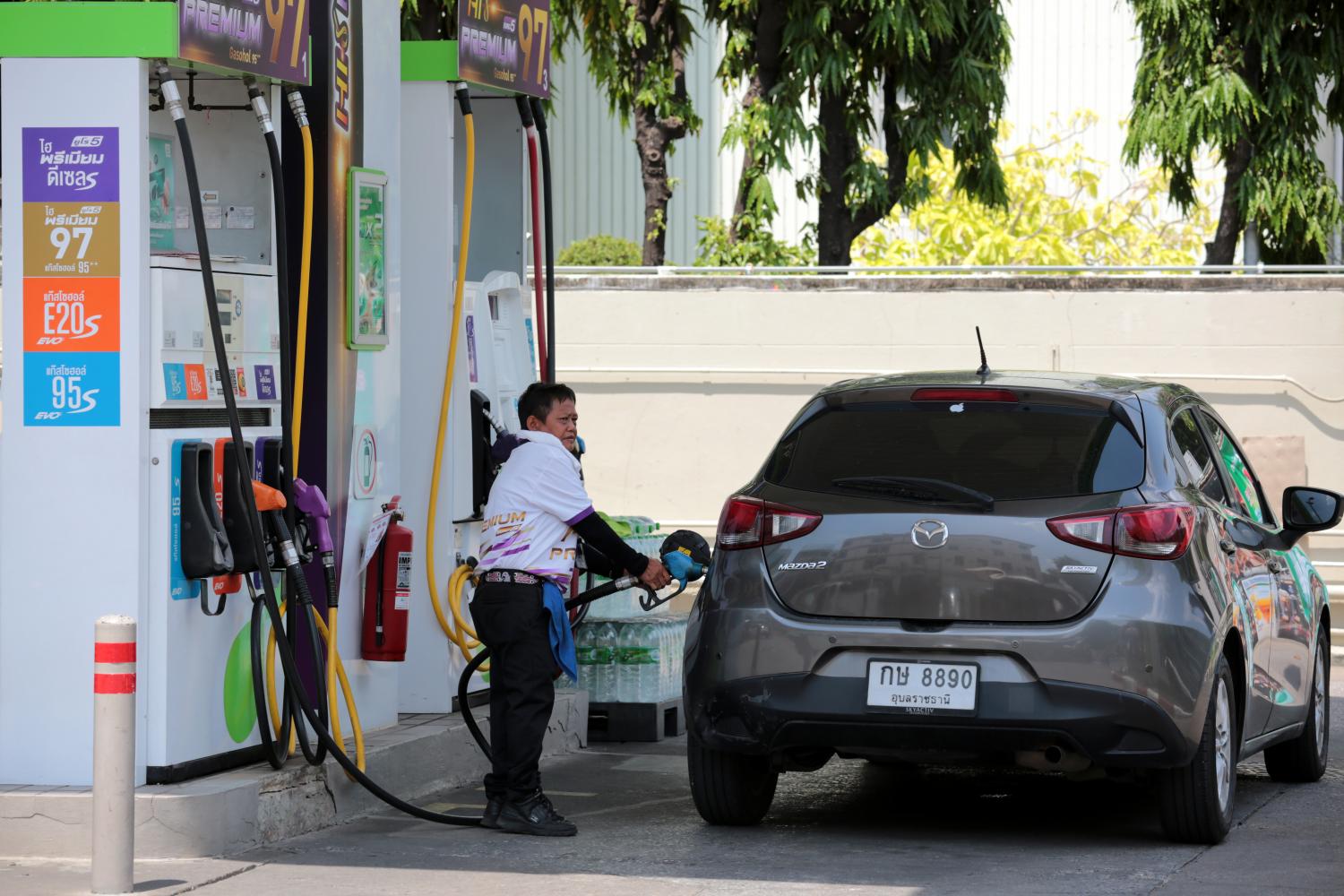
NEW YORK - Five of the world's major carmakers are not sufficiently mapping their supply chains to stamp out links to forced labour programs in China's Xinjiang region, according to a report by Human Rights Watch (HRW).
The area in China's northwest is an important aluminium producer, accounting for about 9% of global supply, and the industry has ties to state-sponsored labour transfer programs that have been accused of coercing Uyghurs and other Muslim minorities into jobs, it said.
Tha has left legacy automakers Toyota Motor Corp, General Motors Co and Volkswagen (VW) AG, as well as electric-vehicle (EV) producers Tesla Inc and China's BYD (Build Your Dreams) Co, at increased risk of exposure to forced labour, HRW said. The sector's reliance on coal to power aluminium smelters adds to the risks.
The problem is compounded by the threat of government reprisals against companies that investigate links to Xinjiang and joint-venture relationships between foreign and Chinese firms that limit carmakers’ efforts to trace the supply chain, they said. The United States-headquartered group based its findings on Chinese state media articles, company reports, and government statements.
China says its rural labour programs lift residents out of poverty, but the US and others say the system is coercive, with many Uyghurs too afraid to say no to a government that has separately been accused of incarcerating more than a million of them in recent years. The dispute has embroiled industries as varied as solar panels to cotton and tomatoes, upended trade flows and seen industry giants like Nike Inc. caught in the fallout.
Aluminium has faced scrutiny before, but the complexity of the supply chain — the metal is bought and sold by commodity traders and processed into alloys — makes it easy to obscure a product’s origins. China has repeatedly denied forced labour allegations, calling earlier research into automakers' ties to Xinjiang "ill-intentioned smears".
BYD and Tesla did not respond to requests for comments from Bloomberg News on the HRW report. Toyota said it will closely review the report and the company expects suppliers to not infringe upon human rights. A representative for GM in China did not immediately respond to a request for comment.
VW said in a statement it adheres to the United Nations (UN) Guiding Principles on Business and Human Rights and takes a stand against forced labour. Suppliers in China that the company commissions directly are in the scope of its sustainable procurement measures. Allegations are investigated by the firm and violations, including forced labour, can lead to termination of the contract with the supplier if no remedial action is taken.
China’s Ministry of Industry and Information Technology did not immediately respond to a fax seeking comment on the report.

The Chinese national flag flies over a mosque in the old city in Kashgar, Xinjiang Uyghur Autonomous Region, China, May 4, 2021. (Photo: Reuters)
Lack of transparency
Pinning down the scale of China's use of forced Uyghur labour is difficult as the government allows limited, if any, access to investigators looking into allegations of human rights abuses.
Between 2014 and 2019 about 2.76 million rural labourers per year were relocated in Xinjiang, mostly from the region's south where most Uyghurs reside, HRW said, citing a Xinhua report. But the figure may include transfers of Han Chinese, the country’s ethnic majority, and count multiple relocations of the same person within a year. There were 3.2 million transfers in 2021, the report said.
Most carmakers have policies in place to eliminate forced labour and require their suppliers to address such risks, but HRW said firms lack the necessary knowledge of their aluminium supply chains.
In response to HRW, Tesla said in several cases it had mapped its supply chain back to mines and did not find evidence of forced labour. But the company didn’t provide details on what proportion of its aluminium supply it has traced to the smelter level or reveal the origins of the supply, the report said.
VW said it had prioritised certain aluminium parts as it has tens of thousands of suppliers, making full supply-chain transparency hugely challenging, according to the report. Its responsible sourcing measures don’t cover its non-controlled Chinese joint ventures, it said.
Toyota and BYD did not respond to questions from HRW. GM told the group it was continuously working with partners to address potential forced-labour risks in the supply chain but did not detail how it provides oversight of sourcing by Chinese joint ventures, the report said.
Governments including the United Kingdom, Australia and Canada should enact laws to ban imports linked to forced labour and require companies to disclose their supply chains for commodities with a high-risk of links to human rights abuses, HRW said.
In the US, which already targets Xinjiang products, the Forced Labour Enforcement Task Force should make aluminium a “high-priority sector” under the Uyghur Forced Labour Prevention Act and the country should require listed companies to file reports annually stating they do not source high-risk commodities from Xinjiang, it said.
“Car companies simply don’t know the extent of their links to forced labour in Xinjiang in their aluminium supply chains,” said Jim Wormington, senior researcher and advocate for corporate accountability at HRW. “Consumers should know their cars might contain materials linked to forced labour or other abuses.”


